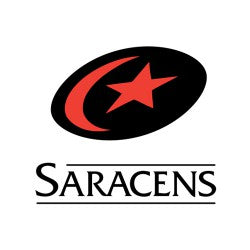Effects of Postactivation Potentiation After an Eccentric Overload Bout on Countermovement Jump and Lower-Limb Muscle Strength

0 comments
Eighteen active men (mean ± SD, age 20.2 ± 1.4 years, body mass 71.6 ± 8 kg, and height 178 ± 7 cm) were involved in a randomized, crossover study. The participants performed 3 sets per 6 repetitions of EOL half squats at maximal power using a flywheel ergometer. Postactivation potentiation using an EOL exercise was compared with a control condition (10-minute cycling at 1 W·kg−1). Countermovement jump height, peak power, impulse, and force were recorded at 15 seconds, 1, 3, 5, 7, and 9 minutes after an EOL exercise or control. Furthermore, quadriceps and hamstrings isokinetic strength were performed. Postactivation potentiation vs. control reported a meaningful difference for CMJ height after 3 minutes (effect size = 0.68, p = 0.002), 5 minutes (ES = 0.58, p = 0.008), 7 minutes (ES = 0.57, p = 0.022), and 9 minutes (ES = 0.61, p = 0.002), peak power after 1 minute (ES = 0.22, p = 0.040), 3 minutes (ES = 0.44, p = 0.009), 5 minutes (ES = 0.40, p = 0.002), 7 minutes (ES = 0.29, p = 0.011), and 9 minutes (ES = 0.30, p = 0.008), as well as quadriceps concentric, hamstrings concentric, and hamstrings eccentric peak torque (ES = 0.13, p = 0.001, ES = 0.24, p = 0.003, and ES = 0.22, p = 003, respectively) after 3–9 minutes of rest.
In conclusion, the present outcomes highlight that PAP using an EOL bout improves height, peak power, impulse, and peak force during CMJ, as well as quadriceps and hamstrings isokinetic strength in male athletes. Moreover, the optimal time window for the PAP was found from 3 to 9 minutes.
Authors: Beato, Marco; Stiff, Adam; Coratella, Giuseppe
Link to Study Paper


































